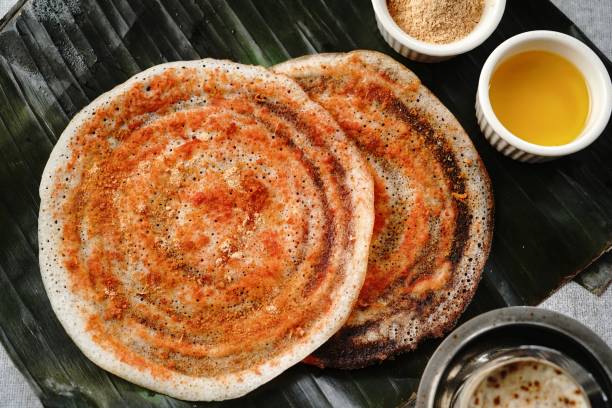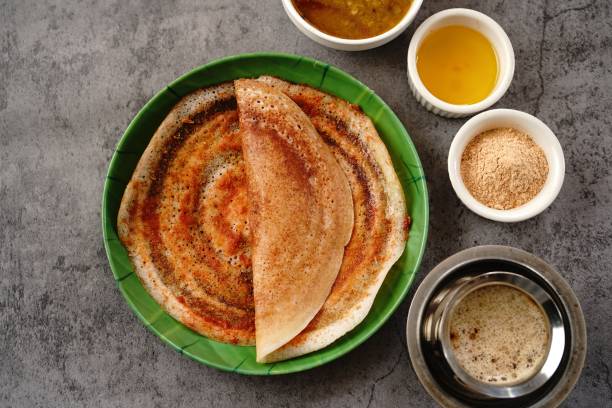Upma is a popular breakfast dish in India and is made from semolina (rava) and is commonly served with chutney. It is a nutritious dish that is easy to make and can be a great option for those who are looking for a filling breakfast. But how many calories are there in upma? This article will explore the calorie content of upma and provide some tips on how to make it healthier.
First, let’s talk about the calorie content of upma. One serving of upma (100g) contains approximately 150 calories. This serving size provides 7% of the daily recommended intake of calories for a 2000 calorie diet. It is worth noting that the calorie content of upma can vary depending on the ingredients used and the preparation method. For example, if you add more oil or ghee during the preparation process, the calorie content will be higher.
Upma is a carbohydrate-rich dish and provides approximately 25g of carbohydrates per 100g serving. The majority of the carbohydrates in upma come from the semolina, which is a type of wheat product. Semolina is a good source of carbohydrates, providing energy and helping to keep you full for longer. Upma is also a good source of dietary fiber, providing approximately 2g of fiber per 100g serving. Fiber is important for digestive health and can help to lower cholesterol levels.
Upma is a good source of carbohydrates, which are the body’s primary source of energy. The carbohydrates in upma are broken down into glucose, which is then used by the body for energy. This makes upma a good option for breakfast, especially for people who need to get up and start their day quickly.
In addition to carbohydrates, upma also contains a moderate amount of protein. Protein is an important nutrient that is required for growth, repair, and maintenance of the body’s tissues. It also helps to keep you feeling full for longer, which can be helpful if you are trying to maintain a healthy weight.
Upma is also a good source of fiber. Fiber is an important nutrient that helps to keep the digestive system healthy. It helps to prevent constipation and other digestive problems by adding bulk to the stool and promoting regular bowel movements.
In terms of protein content, upma provides approximately 3g of protein per 100g serving. This is not a significant amount of protein, but it can help to contribute to overall daily protein intake. Upma is also a good source of vitamins and minerals, including thiamine, niacin, and iron.
While upma is a nutritious dish, it is important to consider the oil or ghee used during the preparation process. Adding too much oil or ghee can significantly increase the calorie content of the dish, making it less healthy. To make upma healthier, it is best to use a minimal amount of oil or ghee and to opt for healthier oil options, such as coconut oil or olive oil. Additionally, you can add more vegetables to your upma, such as carrots, peas, and bell peppers, to increase the nutrient content and make it a more balanced meal.
In conclusion, upma is a nutritious dish that is a good source of carbohydrates, dietary fiber, vitamins, and minerals. One serving of upma (100g) contains approximately 150 calories, with the majority of the calories coming from carbohydrates. To make upma healthier, it is best to use a minimal amount of oil or ghee and to add more vegetables to the dish. With these tips, you can enjoy a delicious and nutritious upma that will help to keep you full and provide you with the energy you need to start your day.

 Home
Home Health
Health Diet & Nutrition
Diet & Nutrition Living Well
Living Well More
More












